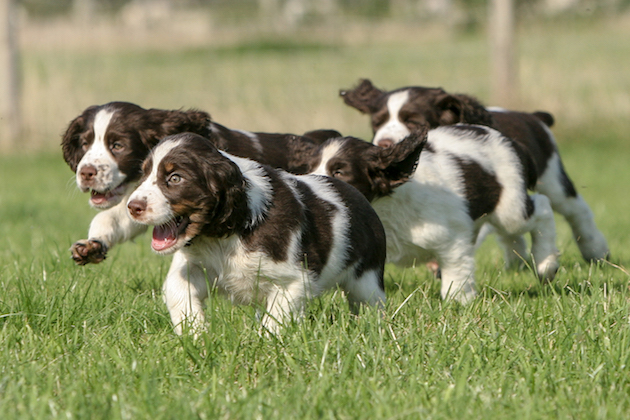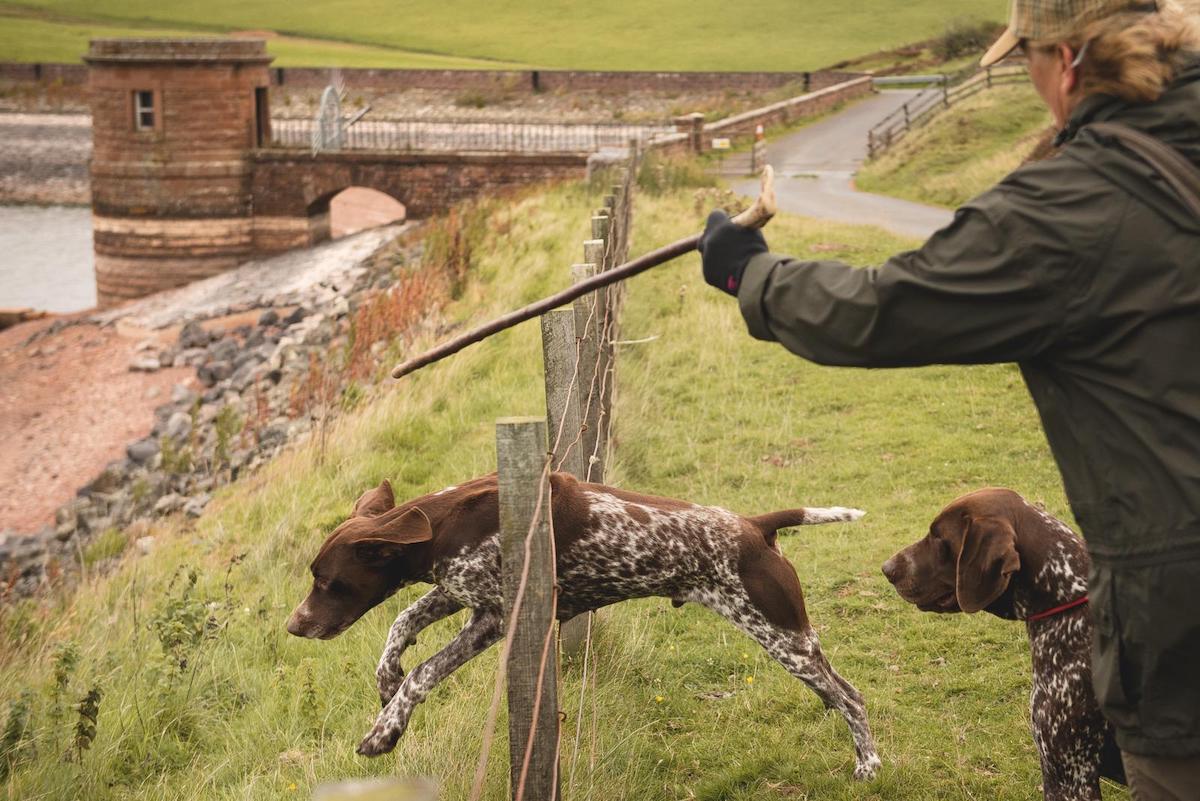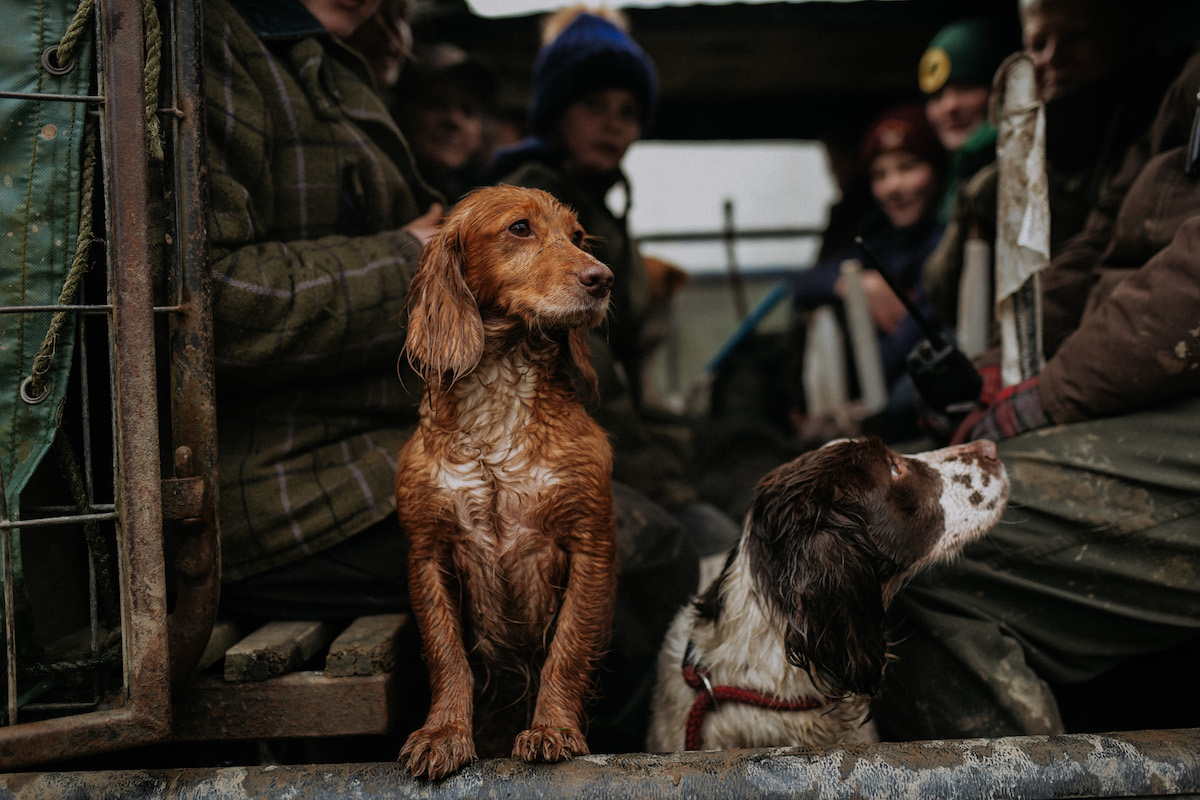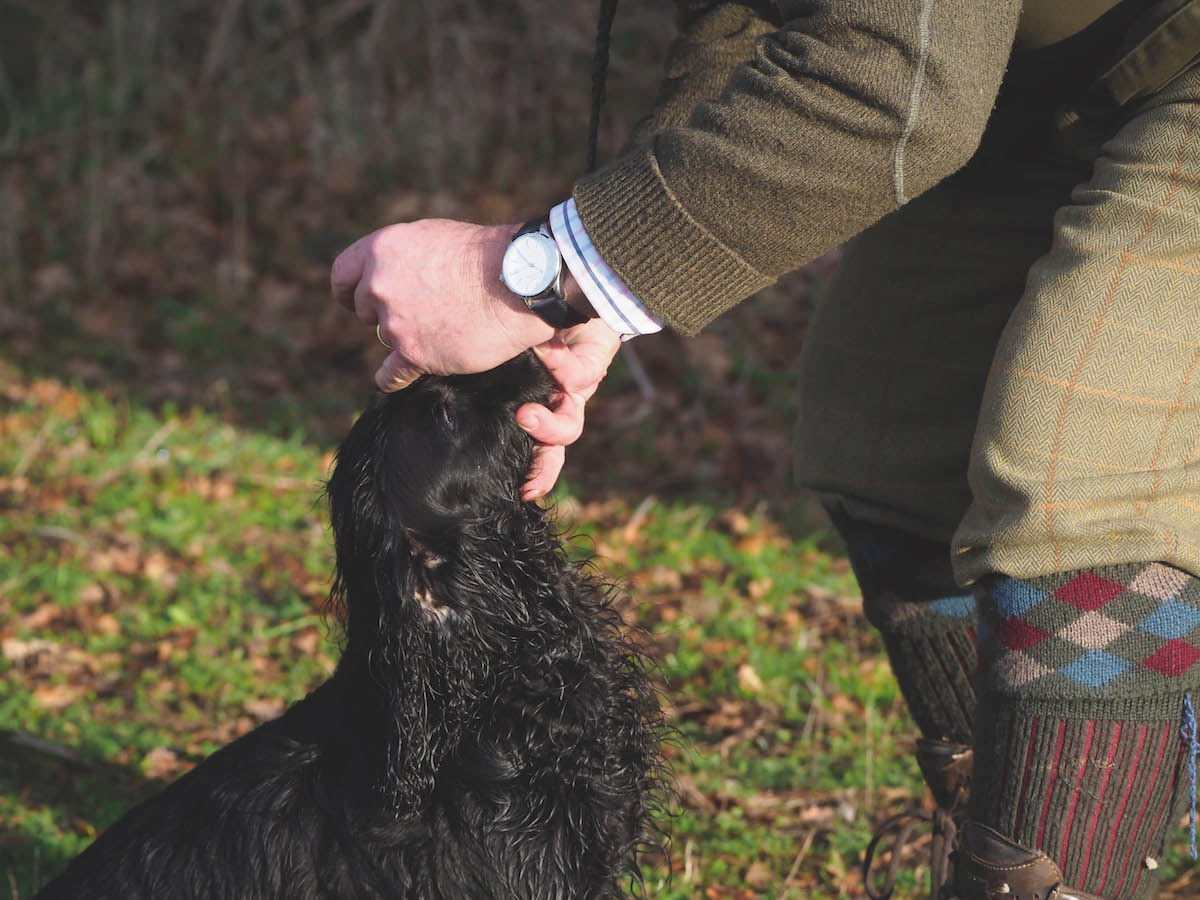How to give your gundog puppy the best start in life
The first litter of puppies from a prized gundog is a steep learning curve; Jeremy Hunt charts the process from the mating onwards

From conception to the day the first puppies are sold is around 18 weeks
Over the coming months, many gundog bitches will cast off the lissom figures they acquired during the shooting season. They will take on a more matronly demeanour of pregnancy as they are given the important job of producing a litter of spring or summer puppies. But how prepared are first-time owners for what lies ahead? How can you give a gundog puppy the best start?
From conception to the day the first puppies are sold is around 18 weeks — a time when high standards of management and care of the bitch and her whelps are essential. Yet all too often it’s the inexperience of novice owners that triggers problems which could so easily have been avoided.

The more time you put in to raising a litter, the easier it is to produce happy, healthy puppies
Tip-top condition
To help achieve a pregnancy in the first place a bitch needs to be in good physical condition. If the shooting season has taken its toll, increase her daily feed ration but also make sure she is receiving a high-quality diet of around 26 per cent protein; not only more food but also better-quality food.
Make note of the first day of the heat and get in touch with your vet as soon as you see the first blood spots. You must take a blood test to assess the bitch’s progesterone level. At Fenway Labradors, we usually take the first blood test around day eight. The test will pinpoint the ovulation date and enable you to plan the mating.
Don’t simply assume that a bitch which is standing for another bitch or turning her tail is an indication that the time is right to mate. A lot of bitches will appear to want to mate and may even be mated by a dog despite the fact that they have not ovulated. When this happens they will not conceive. The progesterone test, while an extra cost, can mean the difference between a litter and no litter. We always give a wheat-germ supplement from the first day of the heat and continue with it for about three weeks.
Make sure your bitch has had a wee prior to the mating but do not let her do so again until about two hours afterwards for obvious reasons. We keep our bitches calm and quiet for at least two weeks after a mating — so no stressful situations or vigorous exercise or jumping. I believe it just gives everything time to settle.
Feeding should continue as normal until the sixth week of the pregnancy but always provide a high-quality diet.
During week six, we start to increase the feed so that the bitch is soon getting about twice her normal daily ration, probably fed in three feeds. If complete diets are proving too “bulky”, consider introducing some raw feed.
The aim at this stage is for quality nutrition that will ensure a good milk supply, a healthy bitch and strong whelps.
Avoid any situations that may stress the bitch, particularly during late pregnancy. I know of occasions when in-whelp bitches exercised in public places have had a contretemps with another dog and the seemingly assured pregnancy has been “absorbed” because of the trauma.

Keep a close eye on the amount the puppies eat
Successful whelping
Stay with the bitch during the whelping. She will want to scratch and make a bed so try tearing up newspapers into strips ahead of the big day. Bitches love it and you can replenish it during the whelping.
First-time owners are always surprised at how messy a whelping can be. Once over, clean out the bed and replace with fleece bedding for the bitch and puppies. This will need changing regularly as liquids will “wick” through the fabric.

Keep a close eye on the weight of the puppies as this will help in knowing how much to feed them
Whelping help
- Ensure the bitch has plenty of torn-up newspaper to make a bed.
- Clean the bed thoroughly after whelping and provide fleece bedding; you should change it often.
- Give the bitch goat’s milk with honey to keep her hydrated during the whelping and for a few days after.
- But do provide water too.
- Pig rails on the whelping pen will help to prevent the puppies from being squashed.
- Ensure all her teats are being emptied.
- Encourage your bitch to eat by providing good-quality, high-protein food.








